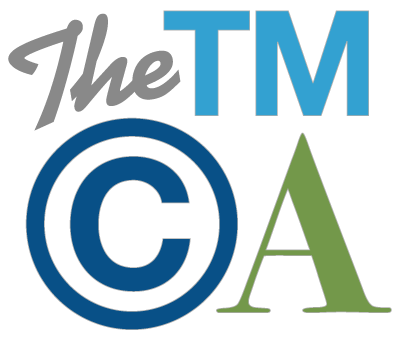Federal Circuit Holds Lanham Act’s Bar on Registering “Disparaging Marks” Violates the First Amendment
 The U.S. Court of Appeals for the Federal Circuit has just gone where no other court has gone before. In a tour-de-force judicial opinion, the Court emphatically held that a small sliver of the Lanham Act—the “disparaging trademark” provision in Section 2(a)—violates the First Amendment.
The U.S. Court of Appeals for the Federal Circuit has just gone where no other court has gone before. In a tour-de-force judicial opinion, the Court emphatically held that a small sliver of the Lanham Act—the “disparaging trademark” provision in Section 2(a)—violates the First Amendment.
The case is In Re Simon Shiao Tam and the dispute is familiar to many a trademark practitioner. Mr. Tam is an Asian-American and hails from Portland, OR. He is the founder of a rock band called “The Slants.” He chose the name for a laudable reason: He wanted to “take back” and “reclaim” this disparaging stereotype that had historically been a term of derision to Asians. As part of his quest, he sought to register the trademark with the PTO, but his application was refused because the mark would be offensive to Asians. The denial was affirmed by a panel of the Federal Circuit, but the full en banc Court reversed and paved the way for Tam and his bandmates to register the name.
The Court’s majority opinion—which garnered a total of 9 votes—was authored by Judge Moore, one of the original judges on the In Re Tam panel that authored a rather impassioned, separate opinion encouraging the full Federal Circuit to weigh in on the issue.
The en banc Court’s analysis begins with a discussion of the Lanham Act and the purpose behind it, including the numerous benefits associated with federal registrations such as exclusive nationwide use, a presumption of validity, and being able to call upon U.S. Customs to stop importation of infringing and counterfeit products.
The Court then moves on to a discussion of Section 2(a) and the “hodgepodge” of restrictions that would otherwise bar a mark from being registered. Some of those restrictions prohibit registration of “deceptive matter” (such as marks that suggest a connection with persons, living or dead), which furthers the goal of protecting consumers from being hoodwinked. But as the Court observed, other restrictions—such as the prohibition against registration of “disparaging” marks —were not tied to the end goal of protecting consumers against deception. Instead, that particular restriction was about keeping the Register clean of marks that “may be disparaging to a substantial composite of” a particular group of individuals. And therein lays the First Amendment problem. As the Court noted, the bar on registration of disparaging trademarks is not “content or viewpoint neutral.” Quite the contrary. The statute “discriminates on the basis of the content of the message conveyed by the speech.”
The Court went on to state that trademarks are not just about “commercial speech.” Instead, “they very commonly do much more than that.” The Court used the facts of the case to showcase this principle at work:
This case exemplifies how marks often have an expressive aspect over and above their commercial-speech aspect. Mr. Tam explicitly selected his mark to create a dialogue on controversial political and social issues. With his band name, Mr. Tam makes a statement about racial and ethnic identity. He seeks to shift the meaning of, and thereby reclaim, an emotionally charged word. He advocates for social change and challenges perceptions of people of Asian descent. His band name pushes people. It offends. Despite this—indeed, because of it—Mr. Tam’s band name is expressive speech.
This aspect of the Court’s analysis—that the restriction targeted expressive speech of an applicant based on its content—recurs throughout the rest of the Court’s decision. The Court goes into detail regarding “government speech,” “government subsidies,” and the Central Hudson test regarding regulation of commercial speech. These doctrines either did not apply, or they simply did not justify the Section 2(a) restriction. As the Court concluded, “the First Amendment forbids government regulators to deny registration because they find the speech likely to offend others. Even when speech inflicts great pain, our Constitution protects it to ensure that we do not stifle public debate.”
For all of its detailed analysis, though, the Court’s holding is quite narrow. It only applies to the “disparagement” provision of Section 2(a) and does not touch or concern other provisions such as the registration prohibition regarding “immoral” or “scandalous” marks. Those provisions are left for another court, for another day.
It will be fascinating to watch how this opinion will be addressed by the U.S. Court of Appeals for the Fourth Circuit on the same issue regarding the registrations involving the Washington Redskins. Will the Fourth Circuit side with the Federal Circuit, or will a Circuit split set the stage for ultimate resolution by the U.S. Supreme Court? Regardless, we will be monitoring this issue closely here at TheTMCA.com.







